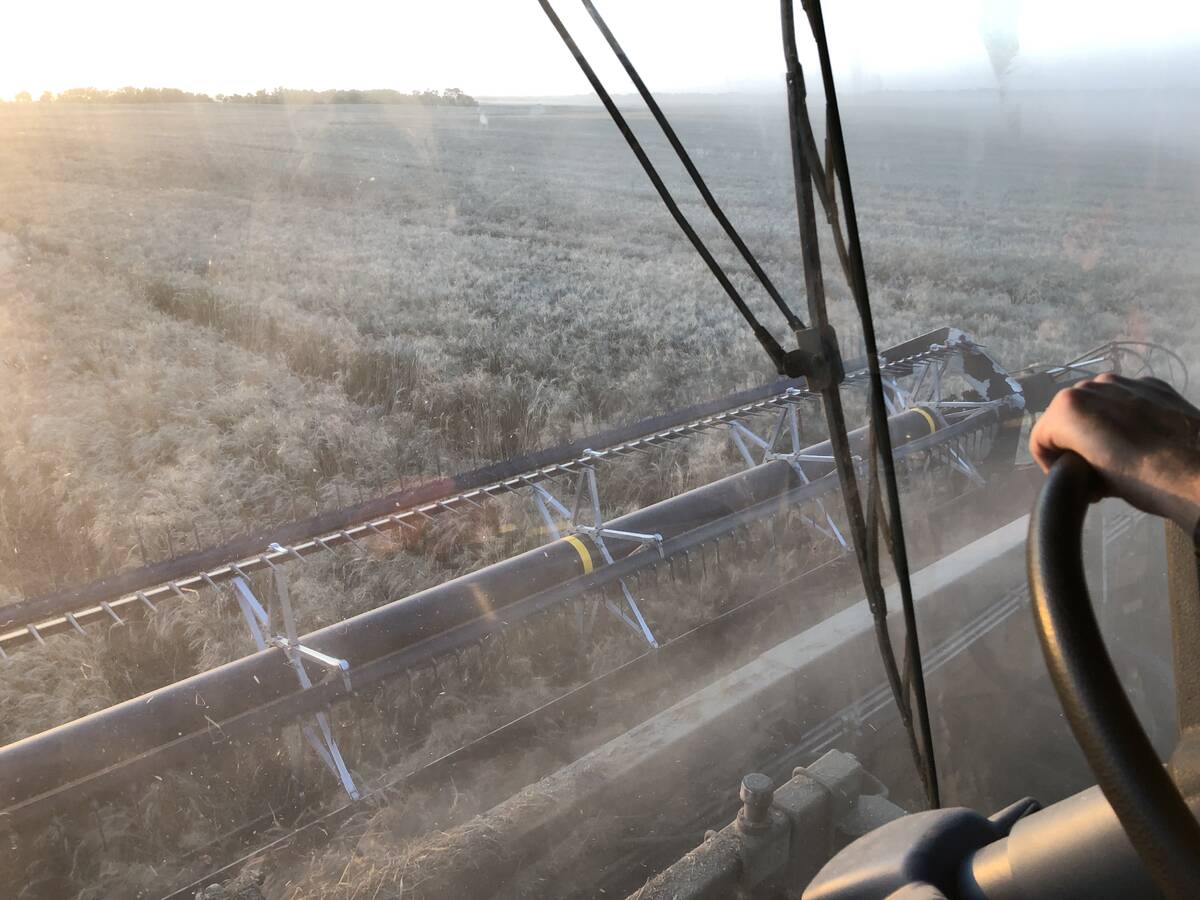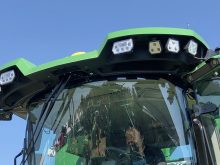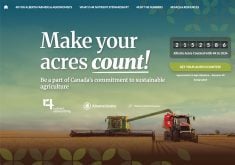Early in the testing of rubber belts, engineers had to determine if rubber belts could stand up to higher-speed travel. At that time, they were being tested on a road grader. To evaluate their high-speed performance, a grader was modified to travel much faster than normal. The 5:1 reduction in the final drive was removed, giving the machine a theoretical top speed of 100 mph. But it had limited horsepower to achieve that.
Related story: From tires to tracks: traction continues to evolve
Read Also

Mail strike disrupts grain sample delivery
The Canadian Grain Commission has asked farmers to consider delivering harvest samples directly to CGC offices, services centres or approved drop offs as Canada Post strike delays mail.
So a suitable downhill grade was found that would give the grader a boost in gaining speed. The trouble was, it was on a major interstate highway.
On a quiet Sunday morning, engineers and a driver surreptitiously brought the grader out to the highway.
The operator was given strict instructions not to exceed 50 mph under any circumstances. But at the bottom of the hill, he was clocked at 70 mph.
“It was just so smooth and stable, so I kept the hammer down,” the driver said.
Cat management was not happy about that test when they found out about it and the engineers, as one of them described it, were “raked over the coals” for it. But they proved the rubber tracks were reliable.

















